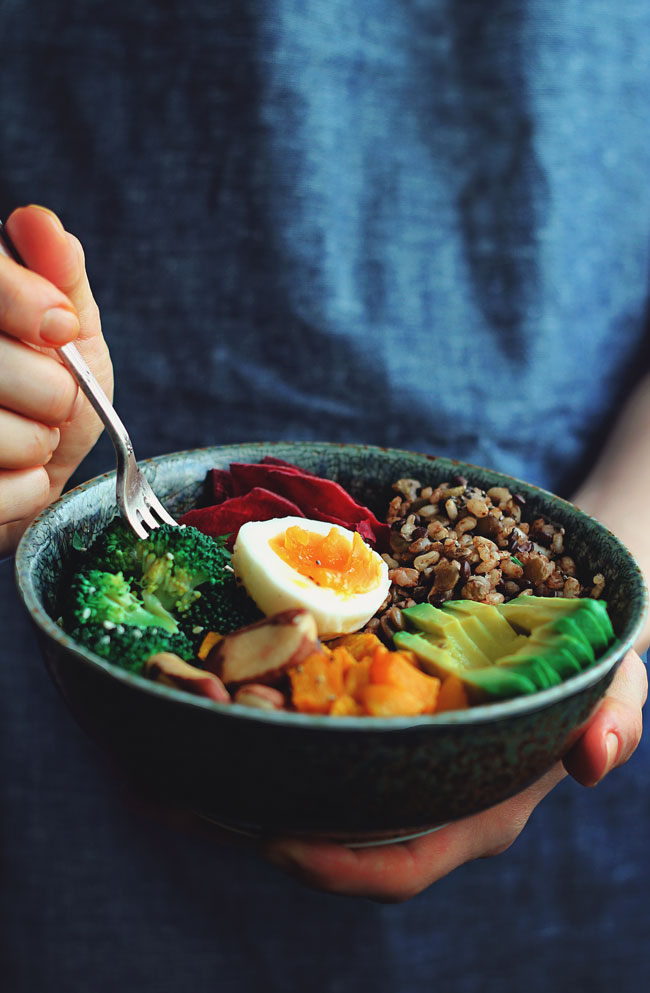
What is an Anti-Diet Dietitian
by Counseling and Wellness Center of PittsburghJuly 16, 2019 dietitian nutritionist near me, what is an anti diet dietitian0 comments
First let’s talk about what being a dietitian is before what address what being an anti diet dietitian is…. A Registered Dietitian is a food and nutrition expert that has undergone rigorous education. This includes a bachelors or masters degree in an accredited program, about one year of supervised practice, and completion of the national examination. A nutritionist is not a protected title...Learn More
Nutrition and Health Tips Having a Healthy Holiday
by Counseling and Wellness Center of PittsburghJanuary 21, 2019 dietitian nutritionist, healthy eating, healthy holiday0 comments
Holiday Nutrition and Health Tips
Having a Healthy Holiday
The holidays are here and along with them we have tremendous potential for time with loved ones, a flurry of new and exciting opportunities to celebrate. Christmas, Thanksgiving and New Years blessings do not end with togetherness. Eating and breaking that celebrated bread are one of the most fundamental ways that we have come...Learn More
Nutrition and Health Tips Having a Healthy Holiday
by Counseling and Wellness Center of PittsburghDecember 22, 2018 dietitian nutritionist, healthy eating, healthy holiday0 comments
Holiday-Nutrition and Health Tips
Having a Healthy Holiday
The holidays are here and along with them we have tremendous potential for time with loved ones, a flurry of new and exciting opportunities to celebrate. Christmas, Thanksgiving and New Years blessings do not end with togetherness. Eating and breaking that celebrated bread are one of the most fundamental ways that we have come...Learn MoreTrauma; Honor For Your Healing Journey
by Counseling and Wellness Center of PittsburghOctober 30, 2018 compassion, pittsburgh, positive psychology, resilience to trauma0 comments
Honor your healing journey
The four things your therapist wants you to know about your healing journey. When you’re healing from a grief, trauma, or resultant PTSD, you must be thinking about ‘how will I ever move on from this horrible, unexpected, agonizing reaction to the traumatic situation that I have experienced?’ Remember, PTSD is a reaction to witnessing or experiencing a sudden...Learn MoreThe Big Fat Myth
by Counseling and Wellness Center of PittsburghSeptember 6, 2018 blue cross blue shield, high fat diet, highmark nutrition counseling, insulin, integrative medicine, Nutrition Counseling, upmc, Wijkstrom0 comments
Big Fat Myth, High Fat Diet and how it affects health.
Open a women’s magazine or examine the back of a food label, you will find the ‘evidence’ there. It’s easy to find ready sources that say dietary fat is bad news for your waist line, cholesterol, skin, mood, you name it. Many clinicians still hold that saturated fats like coconut oil, butter and beef cause weight gain,...Learn More
